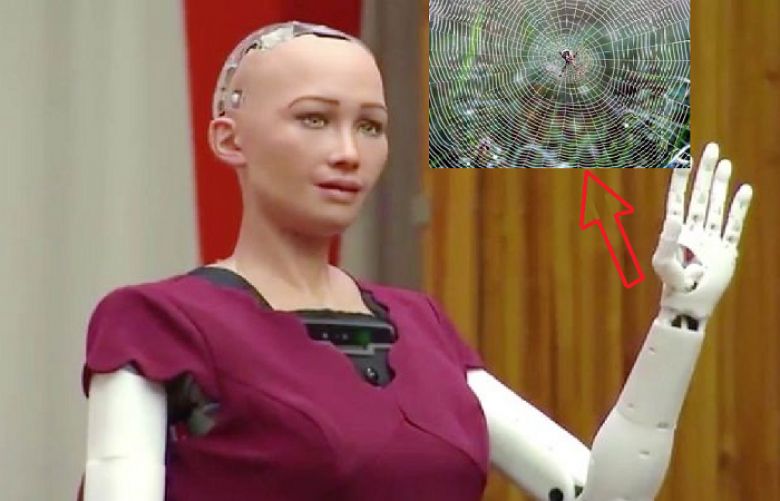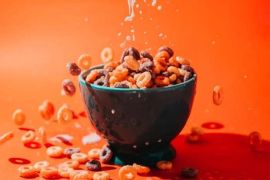Researchers previously discovered that spider silk is stronger than steel and more elastic than rubber, and now a new research suggests that it could also be used to make artificial muscles for robotic actuators.
A team from MIT and Huazhong University of Science and Technology has showed that spider silk could contract and twist in humidity that can be used to make artificial muscle or robotic actuators.
The demonstrated that slender spider fibers could suddenly shrink in response to changes in moisture, hence portraying a strong torsional force, a process known as ‘supercontraction’.
As per the study published in Science Advances, the team suspended a weight from the spider silk to make a type of pendulum. They then enclosed it in a chamber where they could control the relative humidity inside, reported Chinese news agency Xinhua.
“When we increased the humidity, the pendulum started to rotate. It was out of our expectation,” said the co-author Liu Dabiao.
The team identified a protein building block known as ‘proline’ in the spider’s dragline silk, which is vital to the twisting reaction and makes it happen.
When water molecules interact with the proline, the proline’s hydrogen bonds are disrupted in an asymmetrical way that leads to the rotation.
The rotation goes only in one direction, taking place at a threshold of about 70% relative humidity.
Researchers claimed that this property has many applications such as being explored as actuators, devices that move to perform some activity such as controlling a valve.
Also, it can be used as humidity-driven soft robots, humidity sensors and smart textiles, reported Earth.com.
“This could be very interesting for the robotics community,” said researcher Markus Buehler. “It’s very precise in how you can control these motions by controlling the humidity.”







